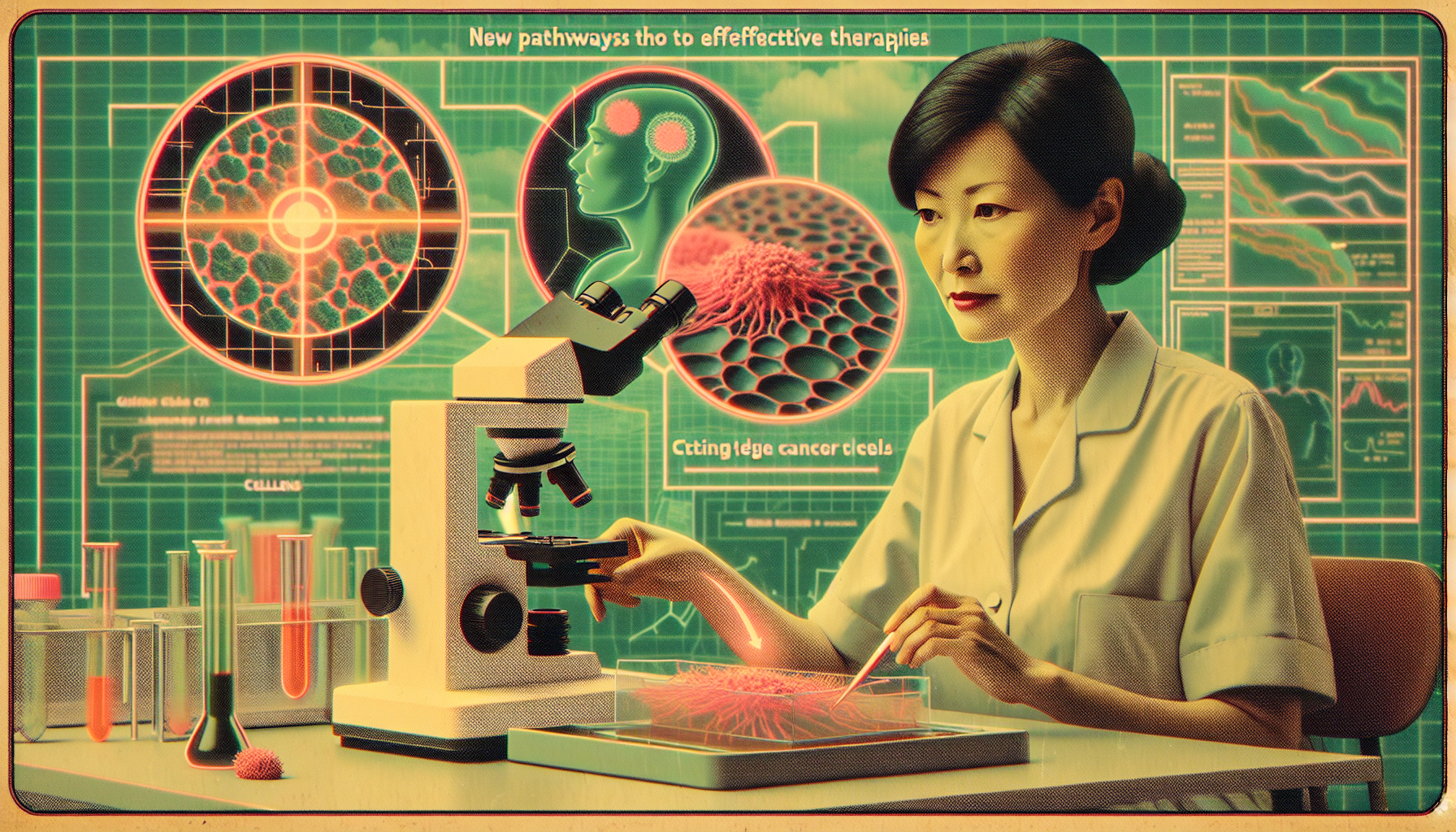CellLENS AI: Opening New Doors in Cancer Research
A quiet revolution is happening in cancer research, guided by advances in artificial intelligence. At the center of this movement is CellLENS, a remarkable AI tool born at MIT. By carefully analyzing the hidden details of tissues, CellLENS is helping scientists see cancer from new angles and opening pathways to more effective therapies.
What is CellLENS?
CellLENS stands for Cell Local Environment and Neighborhood Scan. It is not just another AI—it is a sophisticated system that combines two powerful types of algorithms: convolutional neural networks and graph neural networks. By integrating these techniques, CellLENS can build rich, digital portraits of every cell within a sample of tissue. This approach lets researchers explore not just what the cells are, but how they interact and differ from each other within the complex landscape of the human body.
How Does CellLENS Work?
- Integrating Data: CellLENS brings together three vital elements of cell biology—molecular details, spatial location, and cell shape. In the past, these aspects were studied separately. Now, CellLENS merges them, revealing hidden patterns in how cells behave and connect.
- Studying Tissues: The AI examines microscope images and notices subtle differences in cell shapes and their arrangements. Through this deep analysis, it can spot rare types of immune cells that may escape even the sharpest human eyes.
- Understanding Cancer: Some of these rare cell groups might be quietly supporting or opposing the growth of cancer. By uncovering where these cells are and how they interact, CellLENS sheds light on why a tumor might be difficult to treat or why it responds well to certain therapies.
Impact on Cancer Immunotherapy
Immunotherapy holds great promise in fighting cancer, but success is sometimes limited by the intricate dance between the body’s own immune cells and the tumor. CellLENS gives researchers a clearer window into this dance. By tracing the positions and roles of various cell subtypes within tumors, scientists can better understand which immune responses are effective and which ones falter. This knowledge paves the way to designing therapies that are far more precise, giving patients a better chance at healing.
Shaping the Future of Cancer Treatment
The arrival of AI tools like CellLENS signals the beginning of a new era—one that is more personal and more focused. By shining a light on previously invisible cell types, CellLENS helps researchers discover new “biomarkers” that tell them more about each individual tumor. Future treatments can be crafted to match these unique cancer signatures, moving us closer to therapies tailored for each patient’s biology.
Wider Developments in the Field
CellLENS is part of a larger movement in medical research. Other AI projects, such as systems that analyze gene expression or map complex cell communities, are also making important contributions. These advances are revealing fresh possibilities for diagnosing cancer earlier and creating new strategies to halt its progress.
Looking Ahead
In the story of science, CellLENS stands as a testament to what can happen when technology and medicine come together in service of life. The tool’s ability to detect the hidden diversity among cells is not just an achievement in computing—it is a gift to all those hoping for better answers in the fight against cancer. As AI continues to improve, CellLENS and similar advances will surely become even more central to the effort to understand, diagnose, and treat this challenging disease.

Leave a Reply